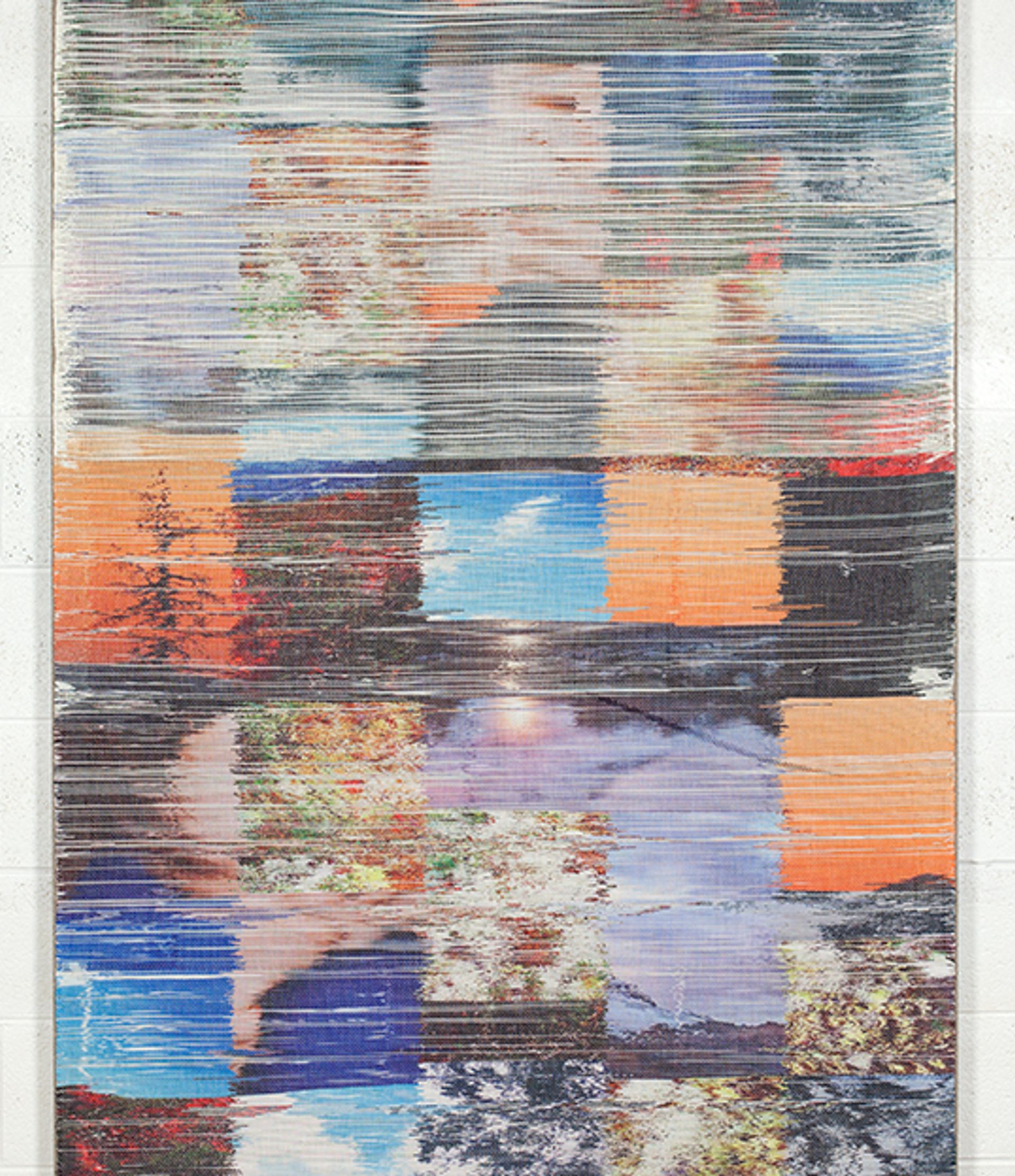Sho-Joung Kim-Wechsler, the former head of finance for art start-up Artsy in New York, was less than enthused when her husband was relocated to San Jose, California. The epicentre of Silicon Valley, it offered little in the way of art and design culture she was used to. What started 16 months ago, she says, as a “market research project worked on at night” has morphed into a new art and design fair planned for 19-22 April 2018.
Titled If So, What?, the event follows several fairs that have launched in Northern California in recent years, hoping to convert the region’s uber-wealthy technology entrepreneurs and venture capitalists into collectors: Fog Design + Art, Untitled, Art Market San Francisco, Photofair SF, as well as Art Silicon Valley/San Francisco, which was suspended this year. The selling event is also among a recent spate of “un-fairs”—commercial art pop-ups that refuse to take the fair moniker—like the recent Bridge shipping-container fair in Bridgehampton, New York, and the current ProyectosLA, a Latin American gallery invitational running through 28 October in Los Angeles.

Courtesy of the artist and Jessica Silverman Gallery
“I think it is a reaction, probably, to people’s experiences,” says the San Francisco-based gallerist Jessica Silverman, when asked if “fair-tigue” was a factor in the flight away from the term, but adds, “for new endeavours, it makes sense that they don’t call themselves a fair. That minimises what it can be.” Impressed with Kim-Wechsler's “expansive” vision, Silverman signed on to the event’s steering committee, which also includes representatives from Pace, R & Company, and Aicon galleries, alongside the Hermès Group’s luxury homewares arm Puiforcat & St Louis, after becoming acquainted with a few serious San Jose collectors and realising the untapped depth of the market. She intends to match the fair's interdisciplinary thrust by showing works by artists like Sean Raspet and Margo Wolowiec, who combine art, science, and digital culture.
By partnering with exhibitors from outside the usual fine-art circles, Kim-Wechsler hopes to offer attendees a discovery-oriented experience that takes its cues from design thinking and high-end retail. “The traditional fair model is very intimidating to people who did not grow up with art”, she says. “We wanted to take away the intimidation aspect and make it really fun and immersive.” Rather than targeting the local base with “tech art”, she is working with design firm IDEO to introduce elements of design thinking—the ethos of creative problem solving that drives the Silicon Valley tech industry—and will be incorporating data-based engagement tracking as a way of “finding out what people enjoy”.


